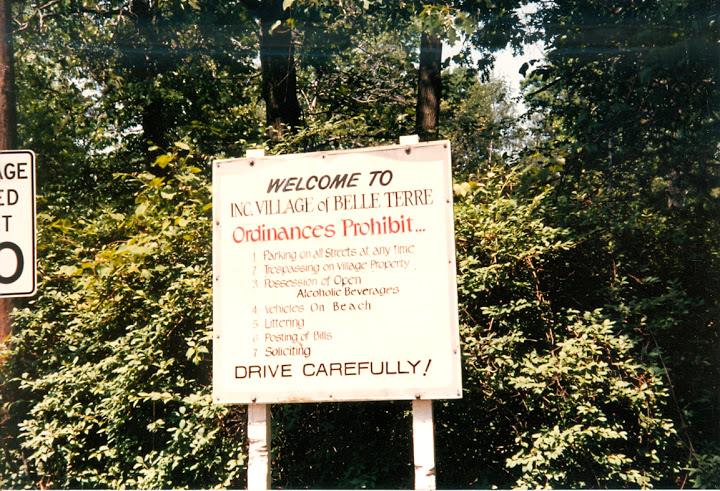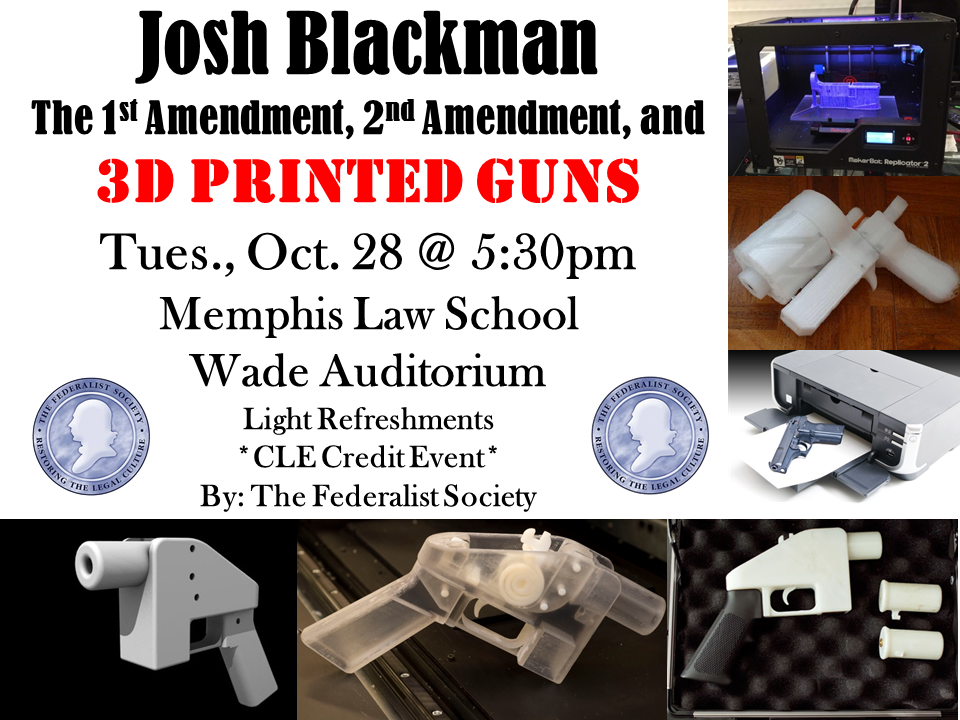The federal government is (at last) releasing a unified policy to handle ebola infections. These policies were driven by the goal to not “harm the effort to recruit badly needed medical workers to West Africa.”
The new policy by the Centers for Disease Control and Prevention, worked out by President Obama, top C.D.C. officials and others during a two-hour meeting at the White House on Sunday, requires people who have been in contact with Ebola patients to submit to an in-person checkup and a phone call from a local public health authority.
But unlike in New York and New Jersey, people would not be automatically confined to their homes, a requirement that public health experts had sharply criticized as too onerous.
Although both Governors of New York and New Jersey do not agree with these policies–citing their need to protect their own citizens–they complied.
On Monday evening Mr. Christie accused the C.D.C. of “being behind on this” and said that demands from the public to protect citizens prompted the tougher action in his state.
“What people of this country want is for us to protect, first and foremost, the public safety and public health of our citizens,” Mr. Christie said. But he agreed to release a nurse who had been quarantined in a tent at a hospital so she could travel to Maine, where she lives.
Mr. Cuomo was already criticizing the new guidelines ahead of their formal announcement. “I work with the federal government, but I disagree with the C.D.C.,” the governor told reporters on Monday afternoon. “My No. 1 job is to protect the people of the state of New York, and do what I think is prudent to protect the people of the state of New York.”
Recently other states, including Florida, Illinois, and Georgia have announced policies tougher than the federal standard.
The long-awaited federal guidelines were an effort to bring uniformity to a messy patchwork of responses by states, including Florida, Illinois and, most recently, Georgia, which have all announced tougher policies. But the Centers for Disease Control do not have the power to police internal public health matters, so it is up to the states to carry out the policy, and it is far from clear that they will fall in line.
The CDC seems to accept that states can impose more stringent policies.
Dr. Thomas R. Frieden, the director of the C.D.C., said his agency was talking with states, but he did not say which ones.
“We found that health departments generally do follow C.D.C. guidelines,” he said. “If they wish them to be more stringent, that is within their authority.”
Bloomberg also reports that the White House acknowledged states can’t be forced to comply:
The Obama administration said it can’t compel state and local officials to follow federal guidelines in dealing with Ebola, leading to a patchwork of responses on the return of health-care workers from Africa.
White House press secretary Josh Earnest refused today to say whether New York and New Jersey officials notified federal authorities before mandating 21-day quarantines on doctors and nurses who return after treating patients in the outbreak region. He also declined to say whether President Barack Obama’s new Ebola coordinator, Ron Klain, was involved in discussions with state officials.
“States are given significant authority for governing their constituents,” Earnest said. Even with new guidelines set to be issued by the Centers for Disease Control and Prevention later today, governors and mayors can still “exercise the authority they have.”
While it is absolutely true that the federal government cannot commandeer state employees to implement federal policies–as Justice Stevens pointed out in his Printz dissent–they can institute a unified federal policy that trumps state law. Even if it is only a policy–that was what guided the Obama Administration’s opposition to SB 1070–there is preemption.






